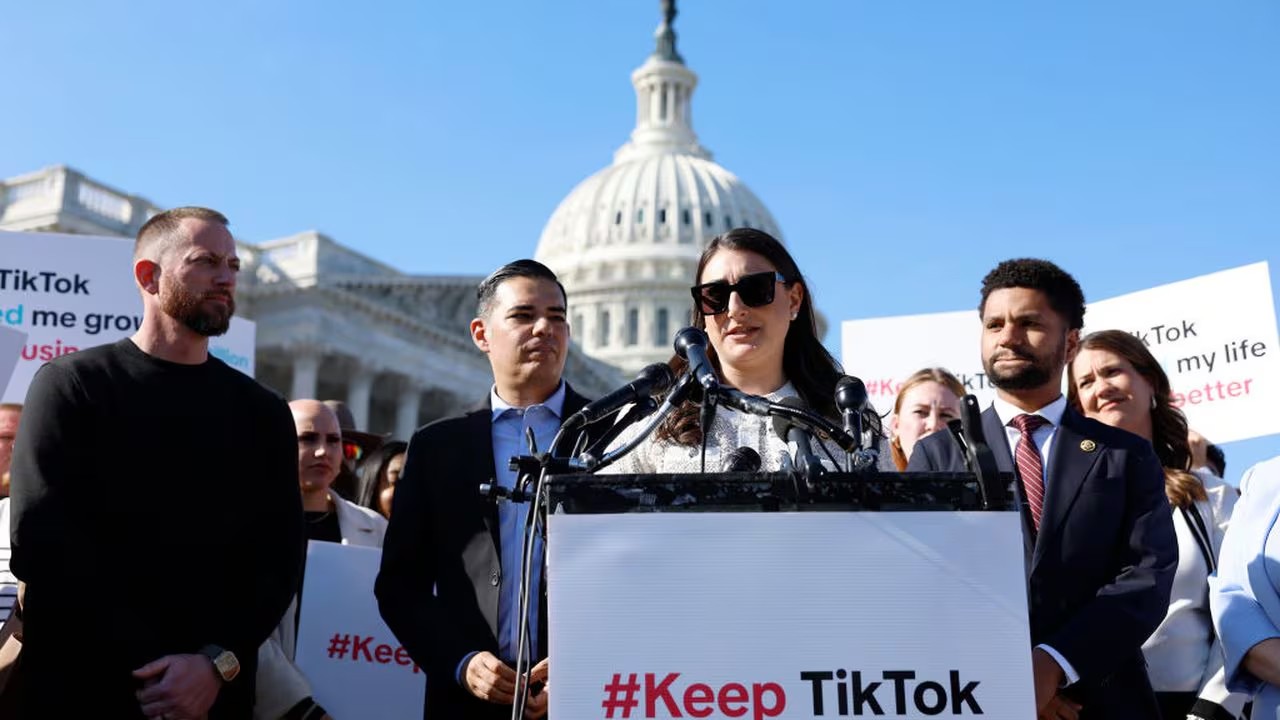According to figures provided by the World Health Organization (WHO), suicide was the second leading cause of death among young people aged 15-29 years in 2016. That is, about 800,000 people take their own lives each year. Experts say that social networks should be tools that help, rather than spaces in which the issue worsens.
The phenomenon is so large that, since 2014 the WHO accepted that this is a public health problem that:
“It requires a multi-sectoral prevention strategy, in each country.”
But, for some organizations, the impact of social networks on this problem is disproportionate. As part of the Diana Awards’ Anti-Bullying Pro campaign:
“It’s clear that some of the challenges young people often face online may be exacerbated by the fact that some don’t feel able to take a digital break.”
Factors such as living in a violent context or even lack of access to mental health services, young people may show signs of addiction to devices. This makes them live immersed in a greater pressure for digital interaction, making them more likely to be exposed to cyberbullying, a modality available 24 hours a day, 7 days a week.
social networks are on the lookout for any possibility of suicide
Facebook employs machine learning techniques to identify risk patterns among its users. For example, images alluding to suicide or phrases such as “I would like to die”, “I can’t take it anymore”, among others.
When the user identified as being at risk of suicide logs back in, they will receive some resources to help them contact an expert to address the issue.
In addition, Zuckerberg’s platform offers a Bullying Prevention Center. This one, created with the Yale Center for Emotional Intelligence, to provide information to parents, teens and educators with resources to help them deal with cyberbullying.
It also has a suicide prevention page in the Facebook Safety Center, which basically, contains information for people who are looking for support or want to help others in this process.
For its part, another of the most famous social networks among young people, Instagram, has a similar resource when it updated its algorithm and strengthened its filters for offensive comments.
Comments that seek to attack a person’s appearance or character are automatically blocked. However, for now this feature only works for English accounts and comments.
And there are more options…
YouTube, has a safety section that specializes in suicide and self-harm. What it does is to invite you to bookmark content, in which someone shows suicidal tendencies.
Twitter works in a partnership model with civil society organizations that provides information on centers specialized in dealing with cases of attempted suicide.




